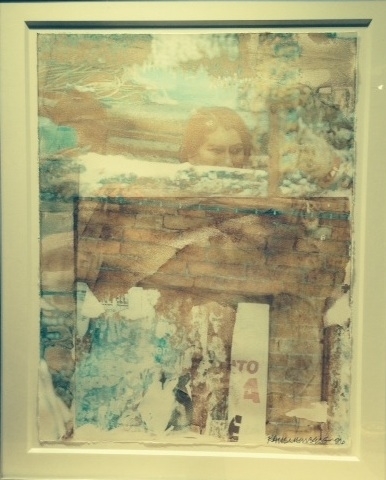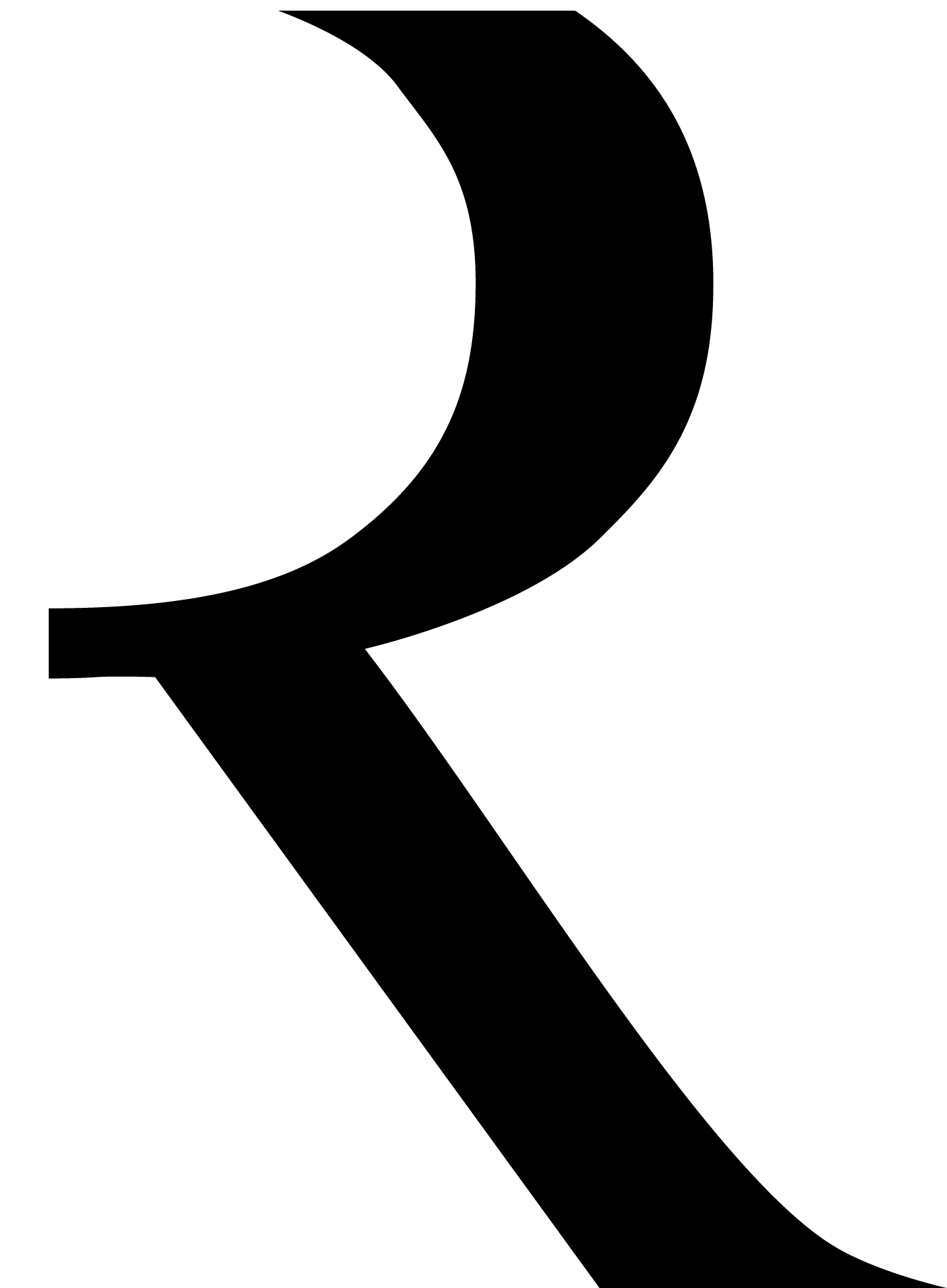Robert Rauschenberg
Robert Rauschenberg was born in Port Arthur, Texas on October 22, 1925. In 1947, he enrolled at the Kansas City Art Institute. In early 1948, Rauschenberg traveled to Paris to study at the Academie Julian. This was where he met his future wife and later had their son Christopher.
Rauschenberg’s enthusiasm for popular culture and his rejection of the angst and seriousness of the Abstract Expressionist led him to search for a new way of painting. He found his signature mode by embracing materials traditionally outside of the artist’s reach. He would cover a canvas with house paint, or ink the wheel of a car and run it over paper to create a drawing, while demonstrating rigor and concern for formal painting. By 1958, at the time of his first solo exhibition at the Leo Castelli Gallery, his work had moved from abstract painting to drawings like “Erased De Kooning” (1953) (which was exactly as it sounds) to what he termed “combines.” These combines (meant to express both the finding and forming of combinations in three-dimensional collage) cemented his place in art history.
In 1984, the Rauschenberg Overseas Cultural Interchange (ROCI) was established. It was an exhibition evolving over 200 works by the artist, based on his visits and collaborations with artists and artisans throughout the world. He also founded and directs Change, Inc., a non-profit organization that provides emergency funds for artists, now in its 32nd successful year. The Robert Rauschenberg Foundation, started in 1990, is also a non-profit entity devoted to projects that increase public awareness about subjects of vital interest to the artist. Over the last fifteen years, he has produced original art work for seven posters for the United Nations, and in 1996, created a series of prints/posters to benefit the people of Tibet, through the organization Future Generations.
Further Readings:
Robert Rauschenberg: http://www.bobrauschenberggallery.com/rauschenberg_biography.htm
Robert Rauschenberg: http://www.pbs.org/wnet/americanmasters/episodes/robert-rauschenberg/about-the-artist/49/

Robert Rauschenberg
Secret, Vegetable Dye Transfer on Paper, Unique, 28.7 x 22 inches
SOLD
